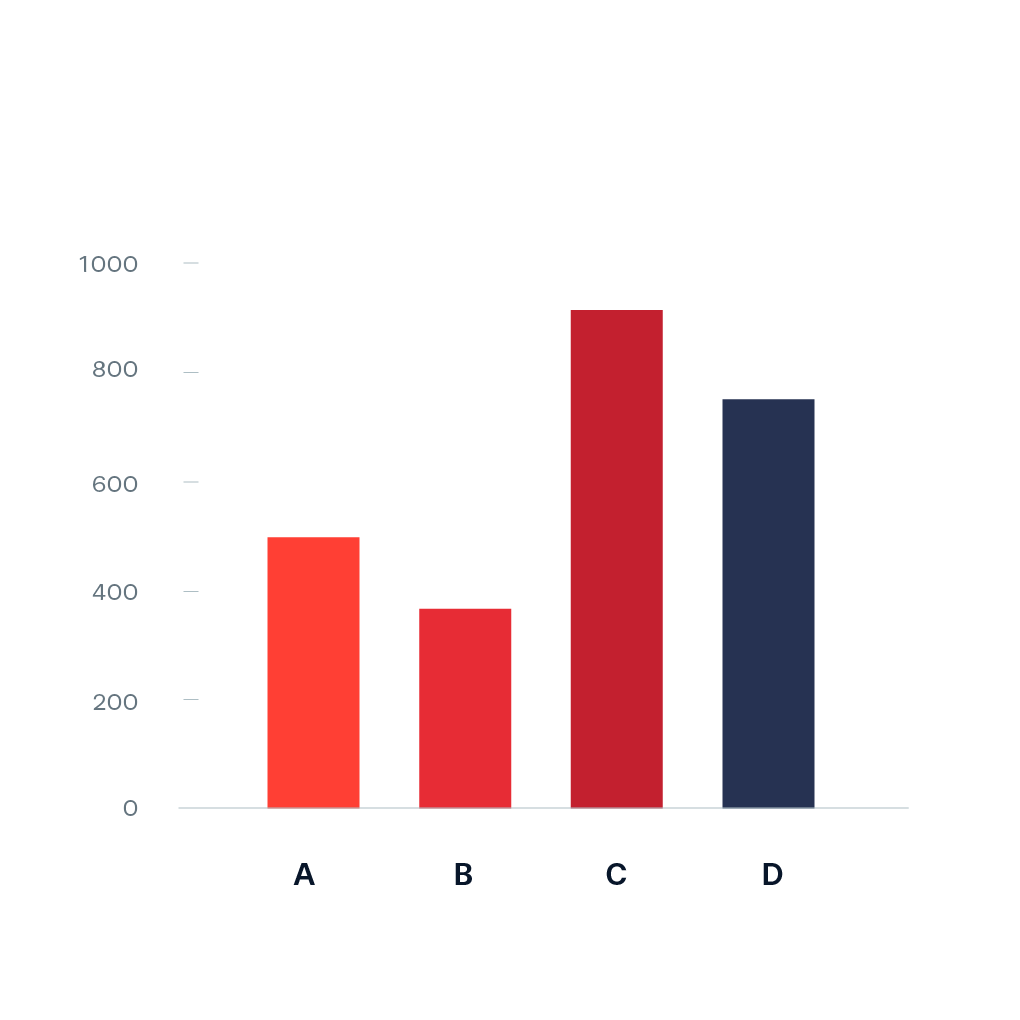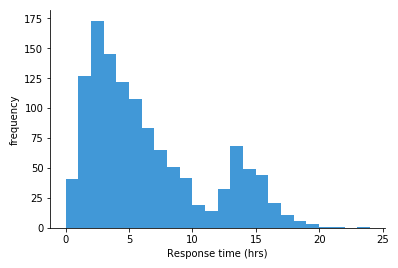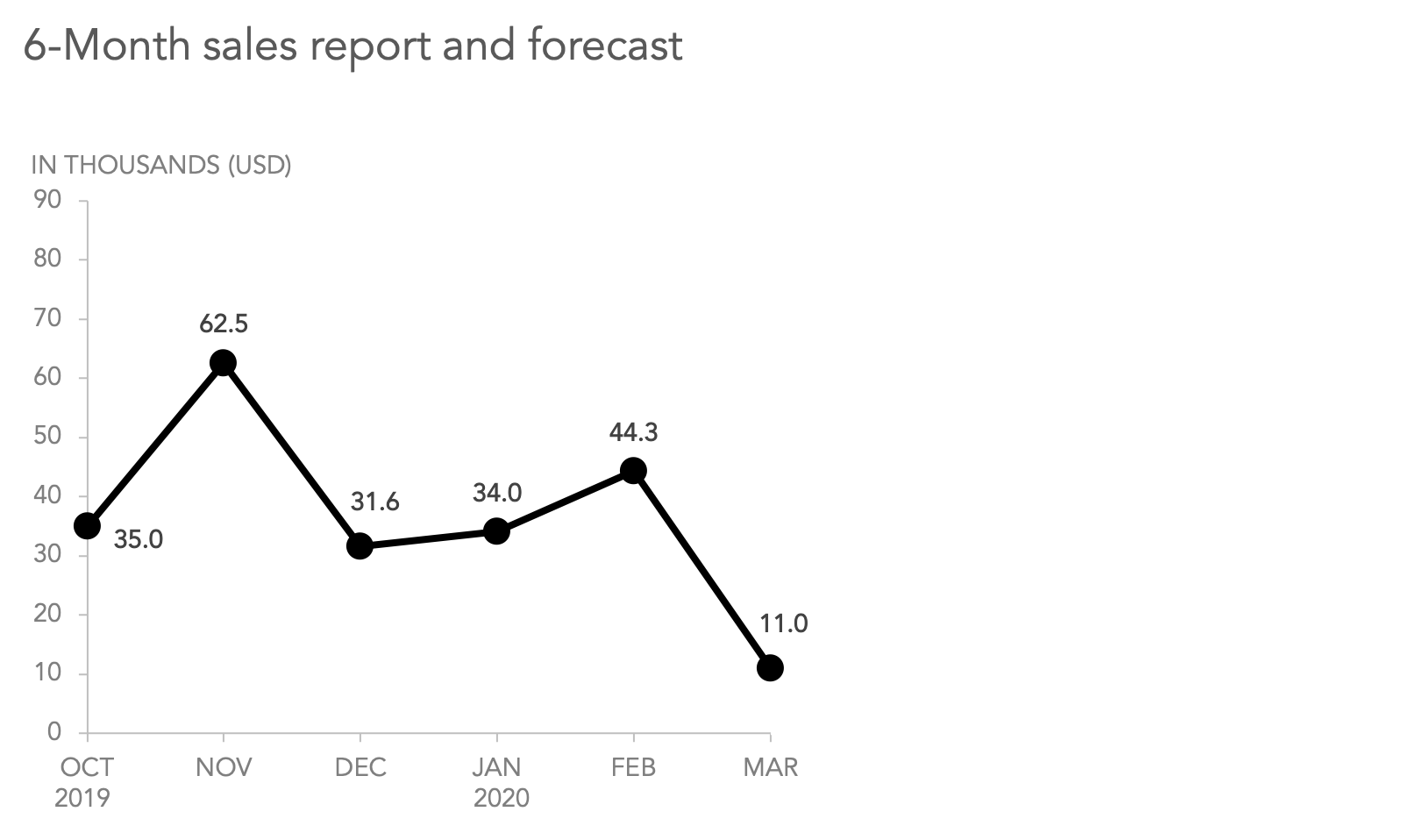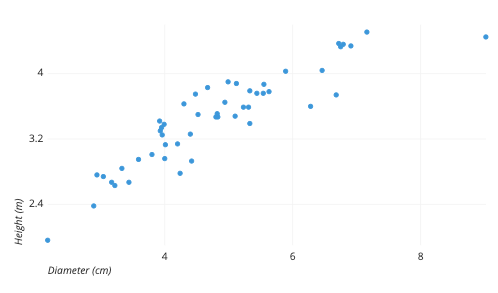Biology 1108- Exam 1
1/139
Earn XP
Description and Tags
Be careful som e of the defintions I took from ChatGPT becuase it wasn't in the book or slides
Name | Mastery | Learn | Test | Matching | Spaced |
|---|
No study sessions yet.
140 Terms
Axis Label
Interpret and comprehend the meaning of the x- axis and y-axis, along with their corresponding labels, to
understand the variables being measured
Bar Graph

Data Points
Examine the data points plotted on the graph and
understand their significance in representing information or trends.
Histogram

Legend
a brief description or explanation that accompanies a figure, diagram, or image in scientific papers or books. It provides context or details about the content shown in the figure, helping the reader understand what is being depicted.
Line Graph

Pie Chart

Scatter Plot

Title
Identify and understand the main topic or subject of the graph from its title
Trend Line
a straight or curved line on a graph that shows the general direction or pattern of data points, helping to identify relationships or changes over time.
X- Axis
The horizontal line on a graph
Y- Axis
The vertical line on a graph
Adaptation
Heritable trait or behavior in an organism that aids in its survival and reproduction in its present environment
Biological species concept
a species is one whose organisms can actually or potentially interbreed and produce viable, fertile offspring.
Directional selection
selection that favors phenotypes at one end of the spectrum of existing variation
Disruptive selection
two or more extreme phenotypes are favored
Evolution
the process of gradual change in a population or species over time
Gene flow
flow of alleles in and out of a population due to the individual or gamete migration
Genetic drift
effect of chance on a population’s gene pool
Genetic variation
the difference in DNA or genes among individuals in a population, which makes each organism unique.
Morphological species concept
a species as one whose members have
similar morphology (similar in physical structure...body shape, color, size,
etc). It is widely applicable and can be used for fossil and extant species.
Mutation
variation in the nucleotide sequence of a genome
Natural selection
reproduction of individuals with favorable genetic traits that survive environmental change because of those traits, leading to evolutionary change
Phylogenetic species concept
a species is the smallest tip on a phylogenetic tree, or the smallest set of organisms that share a single common ancestor and certain shared traits.
Speciation
formation of a new species
Stabilizing Selection
selection that favors average phenotypes
Allopatric speciation
speciation that occurs via geographic separation
Allopolyploidy
polyploidy formed between two related, but separate species
Autopolyploidy
polyploidy formed within a single species
Dispersal
allopatric speciation that occurs when a few members of a species move to a new geographical area
Postzygotic isolation
a zygote is formed but may not develop properly. Or the organisms produced may be sterile. This is often due to a mismatch of chromosomes between species
Prezygotic isolation
prevents the formation of a zygote, either by preventing mating or preventing fertilization
Reproductive isolation mechanism
a way that prevents different species from mating with each other or producing fertile offspring, helping to keep species separate.
Reproductive isolation
situation that occurs when a species is reproductively independent from other species; behavior, location, or reproductive barriers may cause this to happen
Sympatric speciation
speciation that occurs in the same geographic space
Vicariance
allopatric speciation that occurs when something in the environment separates organisms of the same species into separate groups
Analogous trait (analogy)
are those that are similar but were not inherited from a common ancestor.
Ancestral trait
a characteristic that was present in a common ancestor of a group of organisms and has been passed down to its descendants.
Clade
a group includes a common ancestor and all descendants of that ancestor.
Convergent evolution
process by which groups of organisms independently evolve to similar forms
Derived trait
a new characteristic that evolved in a species or group and was not present in its ancestors.
Homologous trait (homology)
those that are similar due to common ancestry
Lineage
the sequence of ancestors and descendants that trace the evolution or development of an organism, cell, or gene over time
Monophyletic group
organisms that share a single ancestor
Outgroup
a taxon that is outside the groups of interest; often included to help construct a phylogeny
Paraphyletic group
not all descendants of a single common ancestor are included in the group
Phylogenetic tree
diagram showing the evolutionary relationships among various biological species based on similarities and differences in genetic or physical traits or both; in essence, a hypothesis concerning evolutionary connections
Phylogeny
evolutionary history and relationship of an organism or group of organisms
Sister group
descendants that split from the same node; closest relatives to each other
Synapomorphy
shared derived characters of monophyletic groups
Taxa (singular: taxon)
single level in the taxonomic classification system
Adaptive radiation
speciation when one species radiates to form several other species
Background extinction
Extinctions are always occurring at varying rates
Binomial nomenclature
system of two-part scientific names for an organism, which includes genus and species names
Class
division of phylum in the taxonomic classification system
Domain
the broadest category
Eukaryote
organism with cells that have nuclei and membrane-bound organelles
Family
division of order in the taxonomic classification system
Genus
division of family in the taxonomic classification system; the first part of the binomial scientific name
Kingdom
domain division in the taxonomic classification system
Mass extinction
event or environmental condition that wipes out the majority of species within a relatively short geological time period
Order
class division in the taxonomic classification system
Peptidoglycan
material composed of polysaccharide chains cross-linked to unusual peptides
Phylum
kingdom division in the taxonomic classification system
Prokaryote
single-celled organism that lacks organelles and does not have nuclei surrounded by a nuclear membrane
Acidophile
organism with optimal growth pH of three or below
Aerobe
organisms that use oxygen
Alkaliphile
organism with optimal growth pH of nine or above
Anaerobe
refers to organisms that grow without oxygen
Bacilli
Rod-shaped prokaryotes
Binary fission
prokaryotic cell division process
Capsule
external structure that enables a prokaryote to attach to surfaces and protects it from dehydration
Cocci
Circular shaped prokaryotes
Cyanobacteria
bacteria that evolved from early phototrophs and oxygenated the atmosphere; also known as blue-green algae
Endospores
Develop a thick wall around their genome and a small portion of the cytoplasm. When exposed to environmental stress. Highly resistant to environmental stress. Especially heat. When conditions improve can germinate and return to normal cell division. Bacteria causing tetanus, botulism, and anthrax
Fimbriae
Proteinaceous; used for attachment and in formation of biofilms; Proteinaceous; used for attachment, glidin motility, and in formation of biofilms
Glycocalyx
Polypeptide or polysaccharide
Gram Stain
stains bacteria purple or pink based on cell wall characteristics
Halophile
organism that require a salt concentration of at least 0.2 M
Lipopolysaccharides
Lipid A portion of LPS can cause fever, vasodilation, inflammation, shock, and blood clotting.
Mesophile
an organism that grows best at moderate temperatures, typically between 20°C and 45°C (68°F to 113°F).
Peptidoglycan
material composed of polysaccharide chains cross-linked to unusual peptides
Pili
Present in some; proteinaceous; used in bacterial exchange of D N A
Plasmid
extrachromosomal, covalently closed, circular DNA molecule that may only contain one or a few genes; common in prokaryotes
Psychrophile
organism that grows at temperatures of -15 °C or lower
Slime Layer
Loosely attached to cell surface; Water-soluble; Sticky layer allows prokaryotes to attach to surfaces
Thermophile
organism that lives at temperatures between 60–80 °C
Antibiotics
biological substance that, in low concentration, is antagonistic to the growth of prokaryotes
Autotroph
organism that produces organic molecules from small inorganic compounds
Biofilm
microbial community that is held together by a gummy-textured matrix
Bioremediation
use of microbial metabolism to remove pollutants
Carbon cycle
Prokaryotes are crucial in converting carbon between inorganic and organic forms, cycling through land, atmosphere, aquatic environments, sediments, and biomass.
Colony
aggregation of cells arising from single parent cell
Conjugation
process by which prokaryotes move DNA from one individual to another using a pilus
Element fixation
conversion of elements from the environment into biologically usable forms
Heterotroph
organism that consumes organic substances or other organisms for food
Koch’s postulates
Suspected causative agent must be found
in every case of the disease and be absent
from healthy hosts. Agent must be isolated and grown outside
the host. When agent is introduced to a healthy,
susceptible host, the host must get the
disease. Same agent must be found in the diseased
experimental host
Nitrogen Cycle
Prokaryotes are essential in the nitrogen cycle, converting nitrogen between different forms
Pathogen
agent with the ability to cause disease
Phototroph
organism that is able to make its own food by converting solar energy to chemical energy